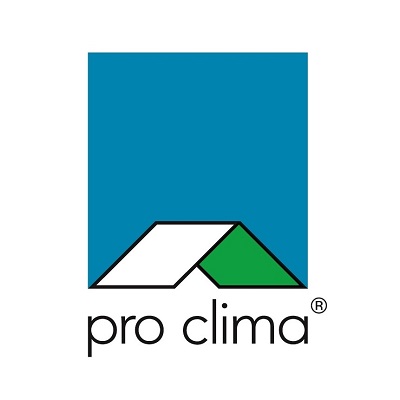Last month I shared key findings into ModelDocs — a research programme where we analysed behavioural data from dwelling consents in order to determine where improvements can be made in the consent process. The research highlights that the consenting process is taking too long, and that missing documentation is the cause of 66% of all RFI line items. This month I take a closer look at where those missing documentation RFIs are coming from — and where we can make the biggest improvements.
75% to 80% of RFI line items relate to NZ Building Code clauses
Doing a deep dive into the data from Auckland and Tauranga, we recognised two types of RFI line items: those related to General and Documentation issues, and those related to specific NZ Building Code Clauses.
In both Auckland and Tauranga, line items were overwhelmingly related to Building Code Clauses:
- Auckland: 74.6% related to NZBC clauses (vs 25.4% General and Documentation)
- Tauranga: 80.1% related to NZBC clauses (vs 19.9% General and Documentation)
Over 50% of NZBC line items relate to just two NZBC Clauses: B1 and E2
Delving deeper into the 75 - 80% of line items relating to NZBC Clauses, we found that over half of all line items relate to B1 Structure and E2 External Moisture:
- Auckland: 32% relate to B1, 19% relate to E2
- Tauranga: 31% relate to B1, 25% relate to E2
If we target these two code clauses, then we could potentially resolve over half of all NZBC clause related line items.
What issues are we seeing with B1 Structure?
B1 Structure represented the most common cause of missing documentation among RFI line items. The issue here seems to be a lack of specificity and detail in the application, such as generic referencing to NZS3604 but not referring to specific tables and values.
So, for example for wall framing, a designer might generically call out NZS3604 but not give the specifics relating to stud height, stud spacing or the correct number of bracing units. That is basic information that doesn’t require specific engineering input and perhaps the designer is thinking it is obvious, but the consent application can’t proceed without it.
If a designer takes a few more minutes to outline those key dimensions in their initial application, then many RFI line item wouldn’t be required.
What issues are we seeing with E2 External Moisture?
RFI line items surrounding E2 are more complicated as they are most often related to alternative solutions for cladding and flashing. Choosing a pathway which isn’t an approved solution means designers don’t have a method or toolkit way of demonstrating compliance. In some instances, they may not understand what they need to do to demonstrate compliance — so may be relying on the consenting process to confirm what’s missing.
For these alternative solutions to E2, designers need to take a more methodical approach to demonstrate compliance. Creation of a template for compiling the information required for an alternative solution under E2 would be useful to help clarify what is needed — and ultimately reduce those E2-related RFI line items.
Education is key to reducing Building Code clause RFI line items
Education will be a key part of improving the consenting process — and representing over 50% of NZBC code clause RFI line items, B1 and E2 are a smart place to start. Issues from B1 could be overturned quite quickly with improved diligence from designers, while E2 requires further education and more rigorous methodology.
Check out my next blog post as I discuss education possibilities further with three key ways we can speed up the building consent process.
ModelDocs blog post series:
#1 What’s really slowing down the building consent process?
#2 Poor documentation for B1 and E2 is slowing down the building consent process
#3 Three key ways we can speed up the building consent process
About ModelDocs
ModelDocs: Transforming building consenting behaviour for better housing is a BRANZ External Research Report authored by Professor Anthony Hōete and funded by the Building Research Levy. Read the full report online here






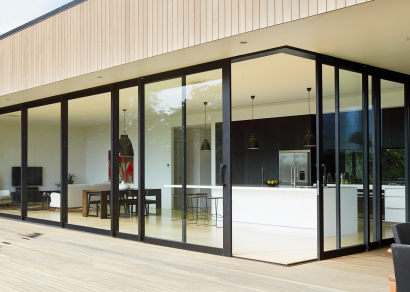
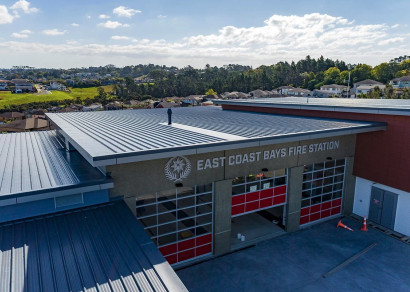
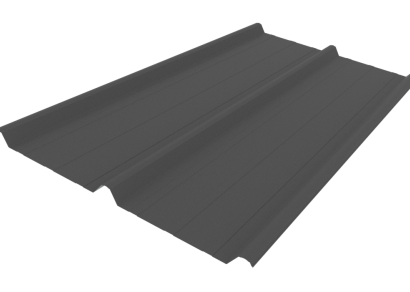
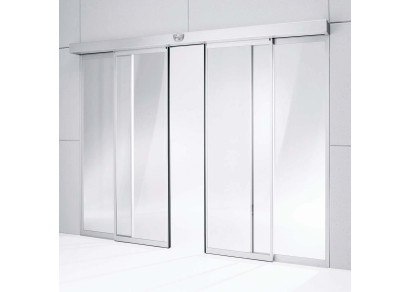
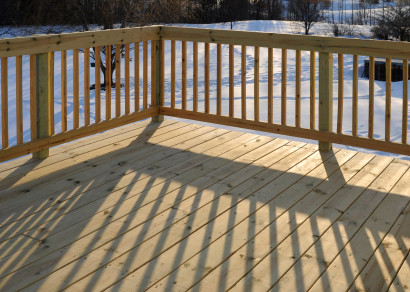
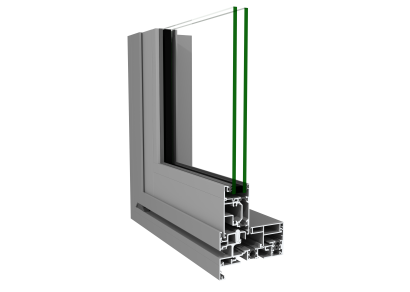

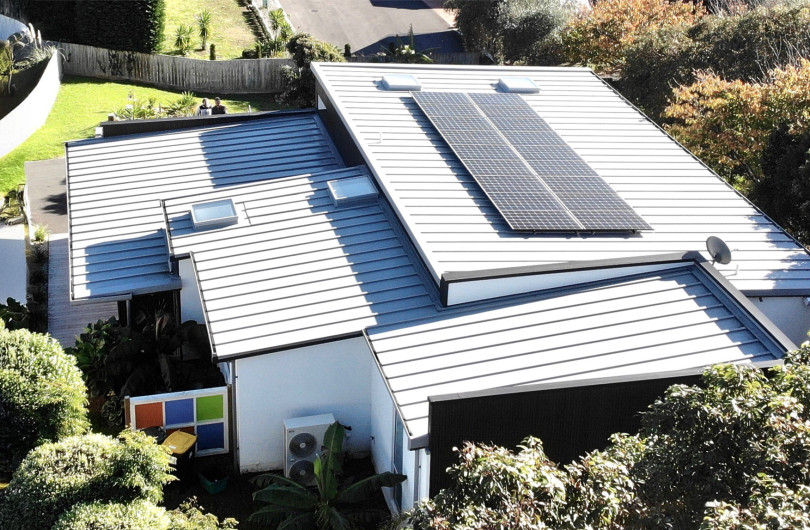
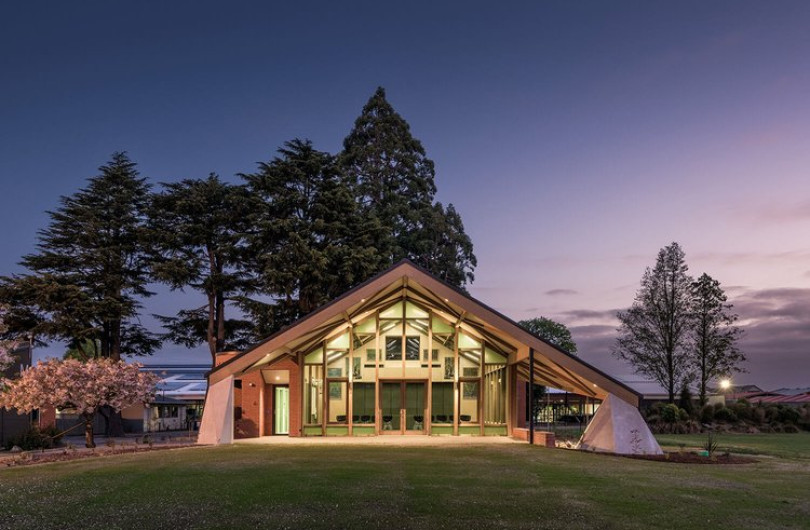








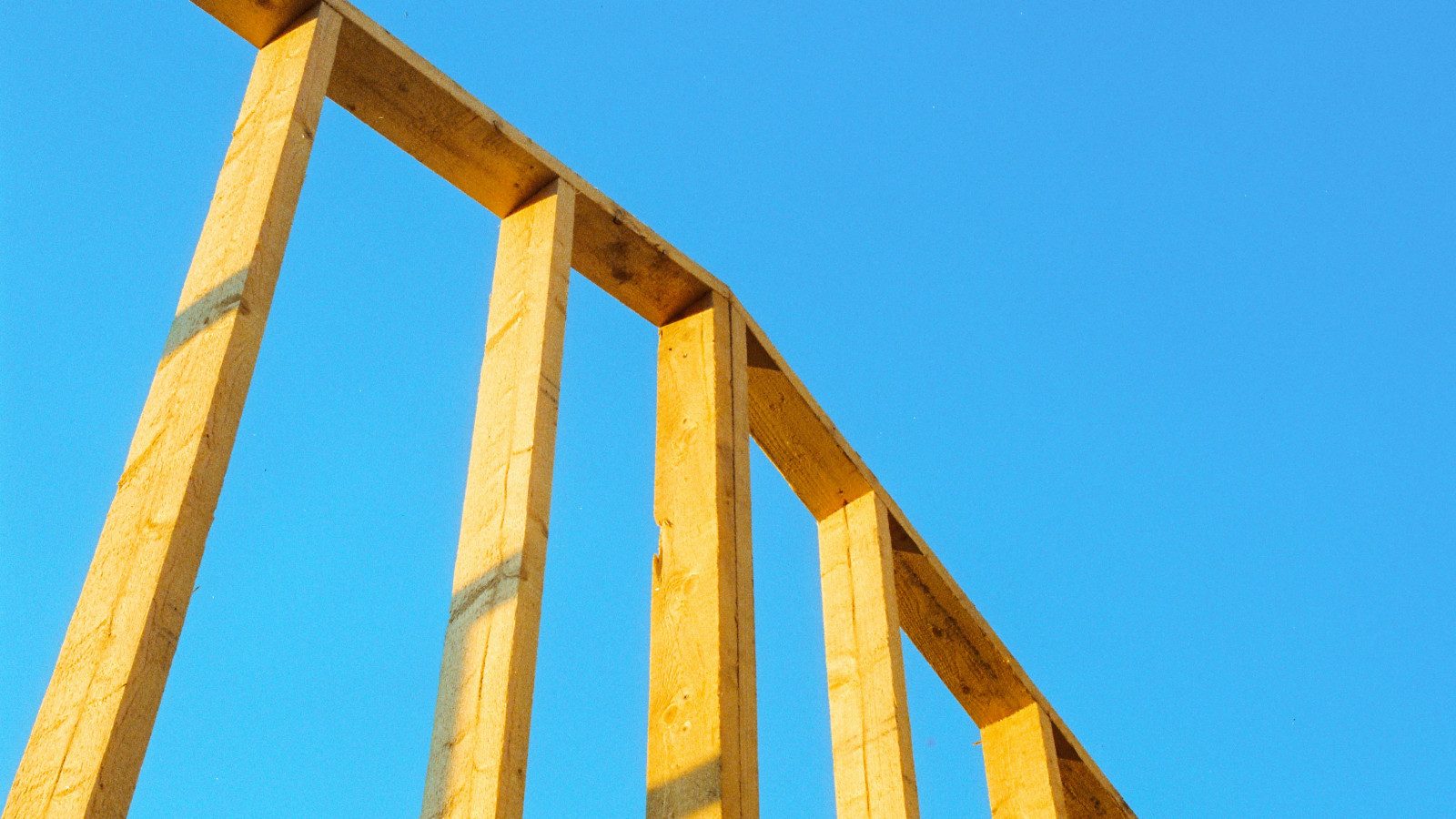



 Most Popular
Most Popular Popular Products
Popular Products


